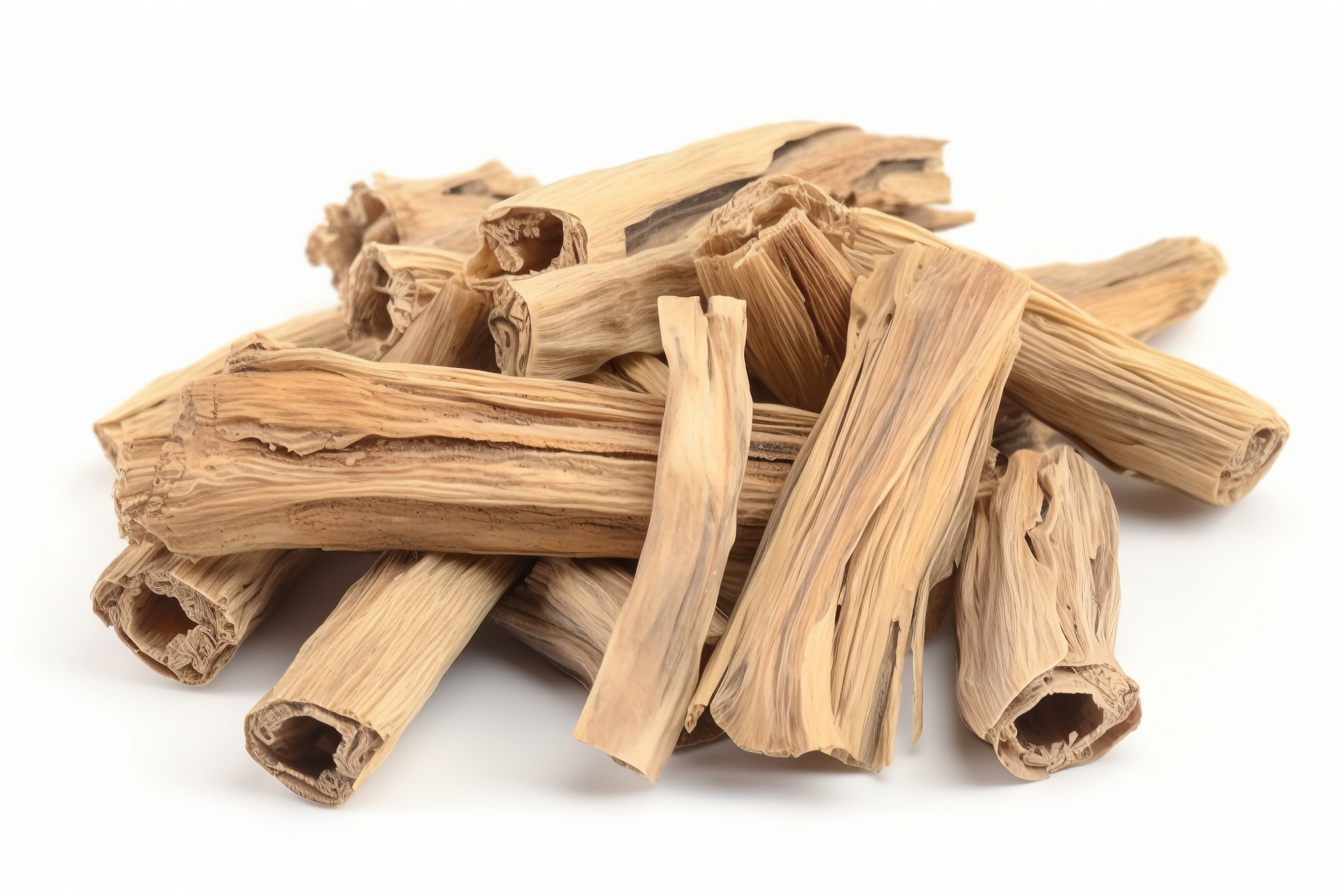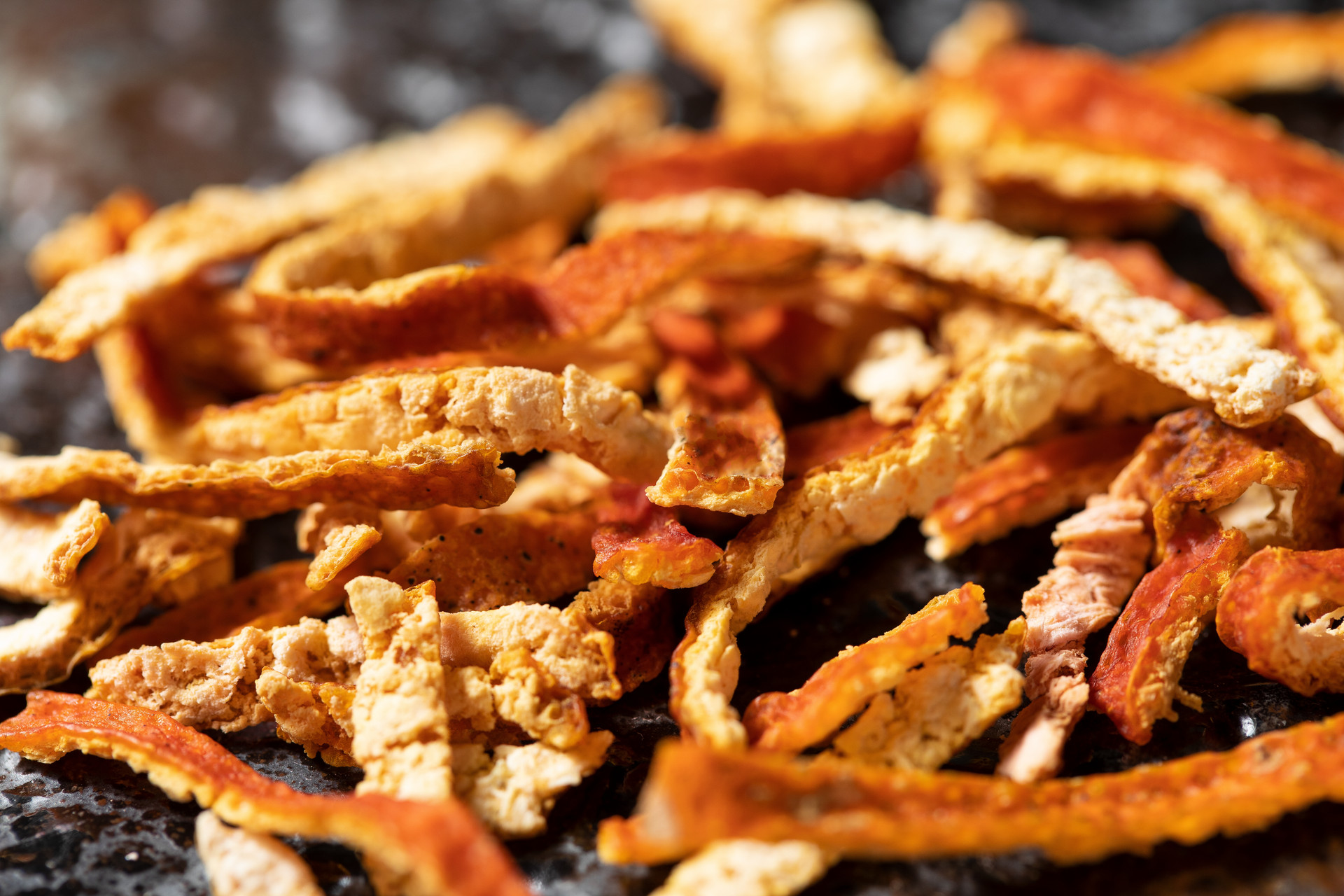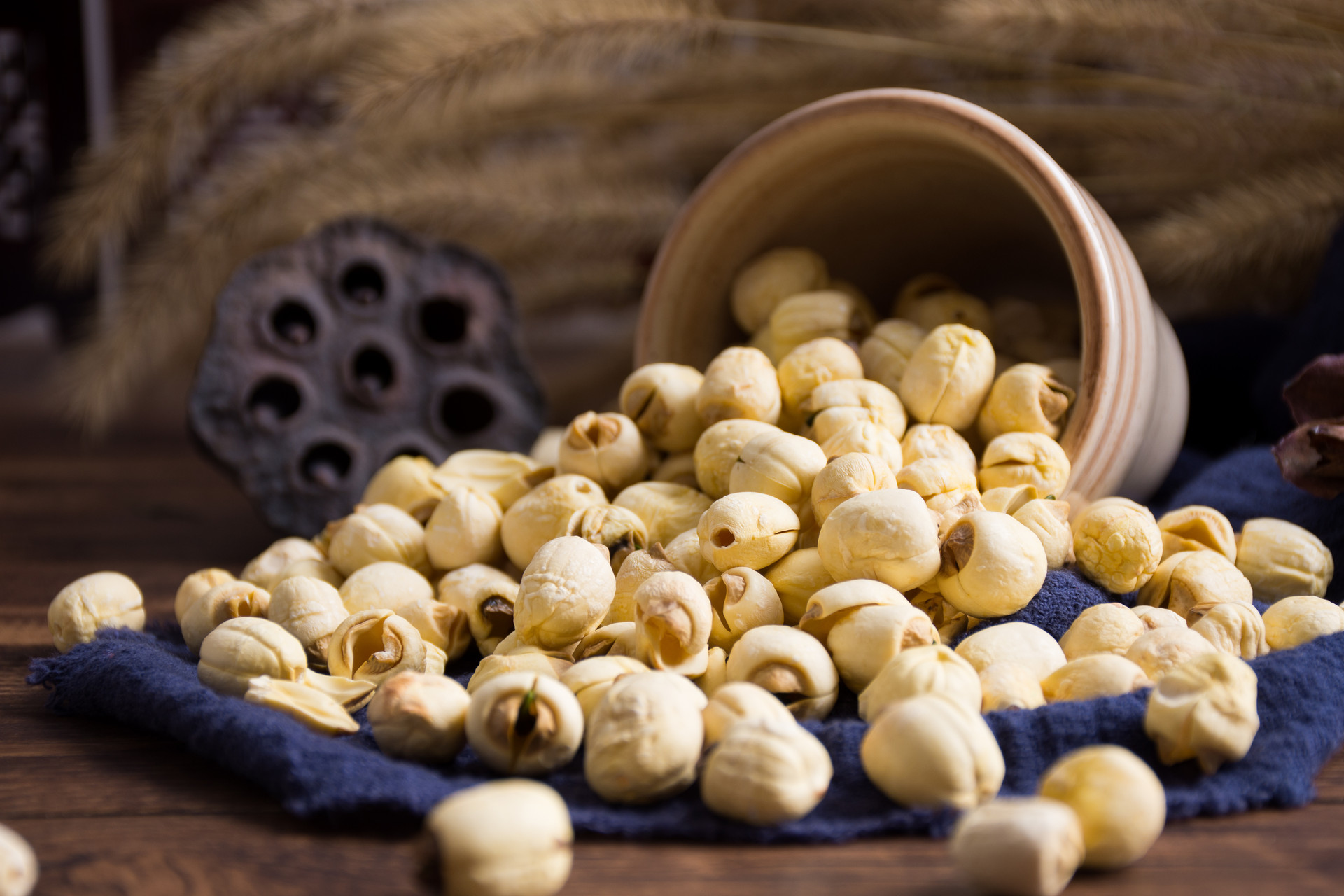Five Finger Mountain Ginseng, also known as Arrowleaf Hibiscus Copper Skin or Small Red Hibiscus, is red or yellow in color and is commonly found on low hills, grassy slopes, and mining areas. The root is used as medicine to treat stomach pain and nervous exhaustion. Let's take a look at its specific habitat distribution and cultivation techniques together with the editor!
Five Finger Mountain Ginseng Image
Functions and Indications of Five Finger Mountain Ginseng
It nourishes yin and clears heat, drains pus and detoxifies. It is mainly used to treat pulmonary tuberculosis, dry cough, constipation after childbirth, and nervous exhaustion. It can also be used externally to treat abscesses and swelling.
Habitat Distribution of Five Finger Mountain Ginseng
1. Ecological Environment
Five Finger Mountain Ginseng grows on low hills, grassy slopes, open spaces, sparse pine forests, or dry and barren land.
2. Resource Distribution
Five Finger Mountain Ginseng is distributed in southern China, as well as Guizhou, Yunnan, and other regions.
Cultivation Techniques of Five Finger Mountain Ginseng
1. Land Preparation and Seeding
Dig the land, rake it flat, apply a little well-rotted farmyard manure as base fertilizer, and level it. Then, sow the seeds.
Sowing from May to July will result in faster growth, while sowing from December to March of the following year will result in slower growth. After sowing, sprinkle a thin layer of farmyard manure and fine soil as cover, but water must be sprinkled in the morning and evening. This herb prefers moisture and dislikes dryness. It will sprout and grow a few days later when the weather is hot, so it is important to remove weeds.
This herb is less prone to diseases and pests, but its tender leaves are sweet and are loved by snails and fleas. They can be caught with a flashlight at night or killed with pesticides.
Five Finger Mountain Ginseng Image
2. Transplanting and Care
When the ginseng seedlings have grown 2-3 true leaves and are 5 centimeters tall, they can be transplanted. The flowerpot can be 21-24 centimeters in diameter and 25-30 centimeters tall.
The best soil for transplanting is the loose black soil on the mountain, but sandy soil can also be used, with some farmyard manure mixed in.
If planting on a large scale, rows should be made with a height of 20 centimeters and a spacing of 80-100 centimeters. The spacing between plants should be 25-30 centimeters. When the plants are 20 centimeters tall, a small amount of compound fertilizer or diluted manure water can be applied.
When transplanting, use a small bamboo piece to dig out the seedlings, ensuring that there is some soil attached to the roots. After planting, water the roots immediately to ensure their survival rate.
3. Seed Collection
The plants generally flower from May to November. The flowers are red, with five petals, extremely beautiful and fragrant, and single in the leaf axils.
The fruits are elongated and have five edges, with a length of 2.5-4 centimeters. When the fruits turn yellow and the stems turn black, they can be cut. They should be harvested one by one, with the fruit skin left intact, and then sun-dried. The fruit skin should not be torn open to facilitate storage.
When planting, tear open the fruit skin to expose the seeds. The seeds are black, with 20-40 seeds in each fruit. Each plant can produce over 1,000 seeds in a year.
4. Collection and Processing
The medicinal rhizome is collected in winter, washed, sliced, and dried.












